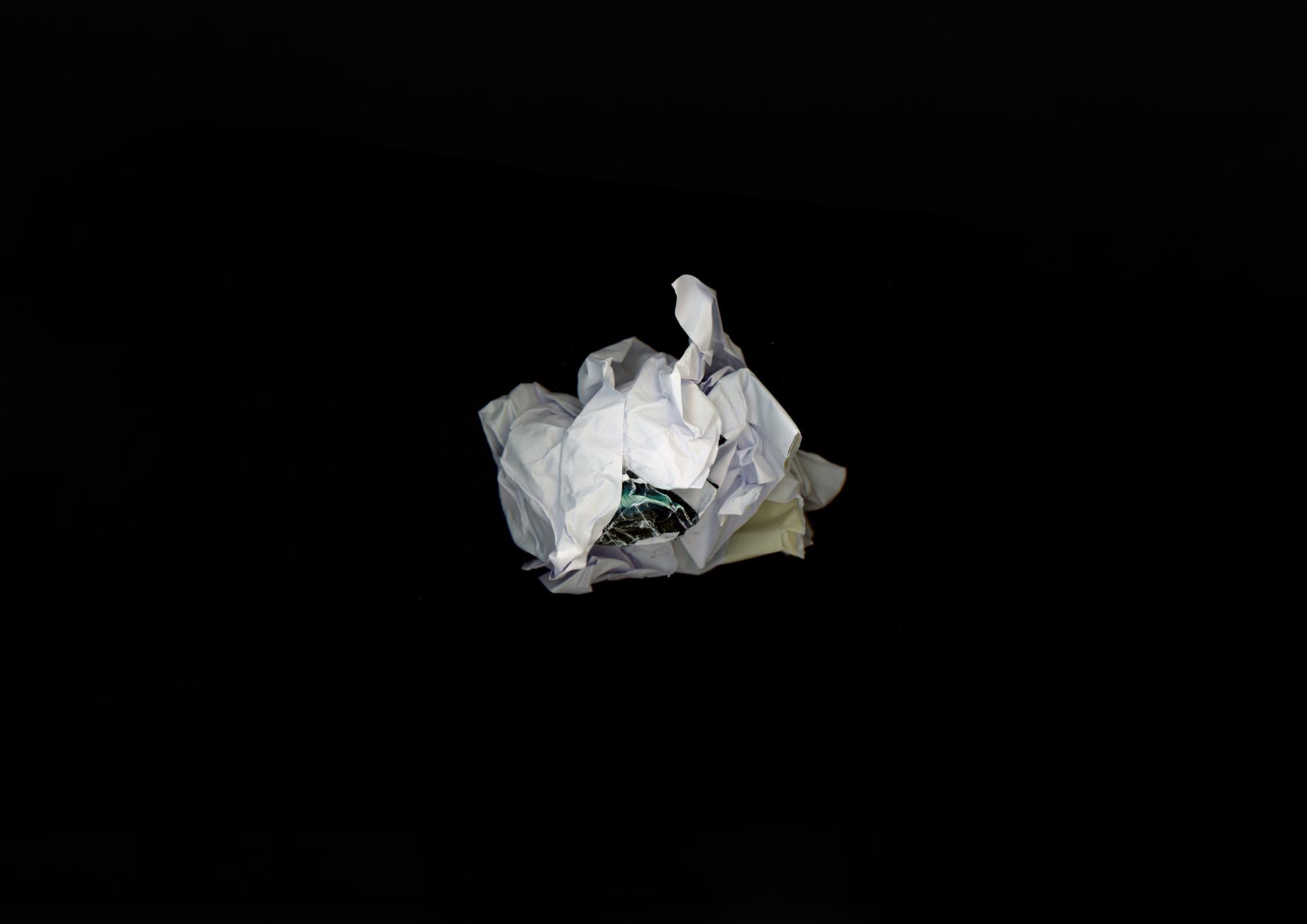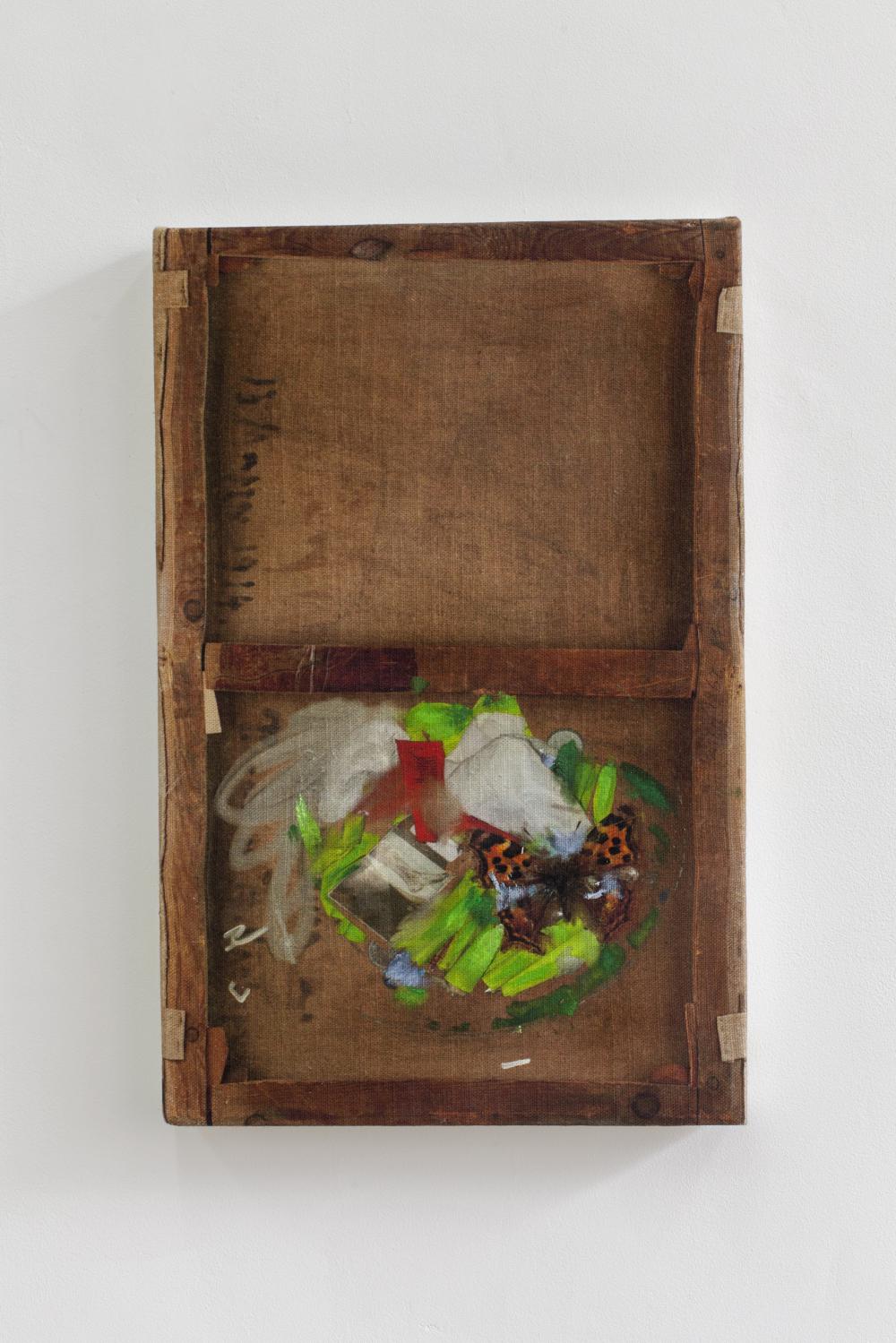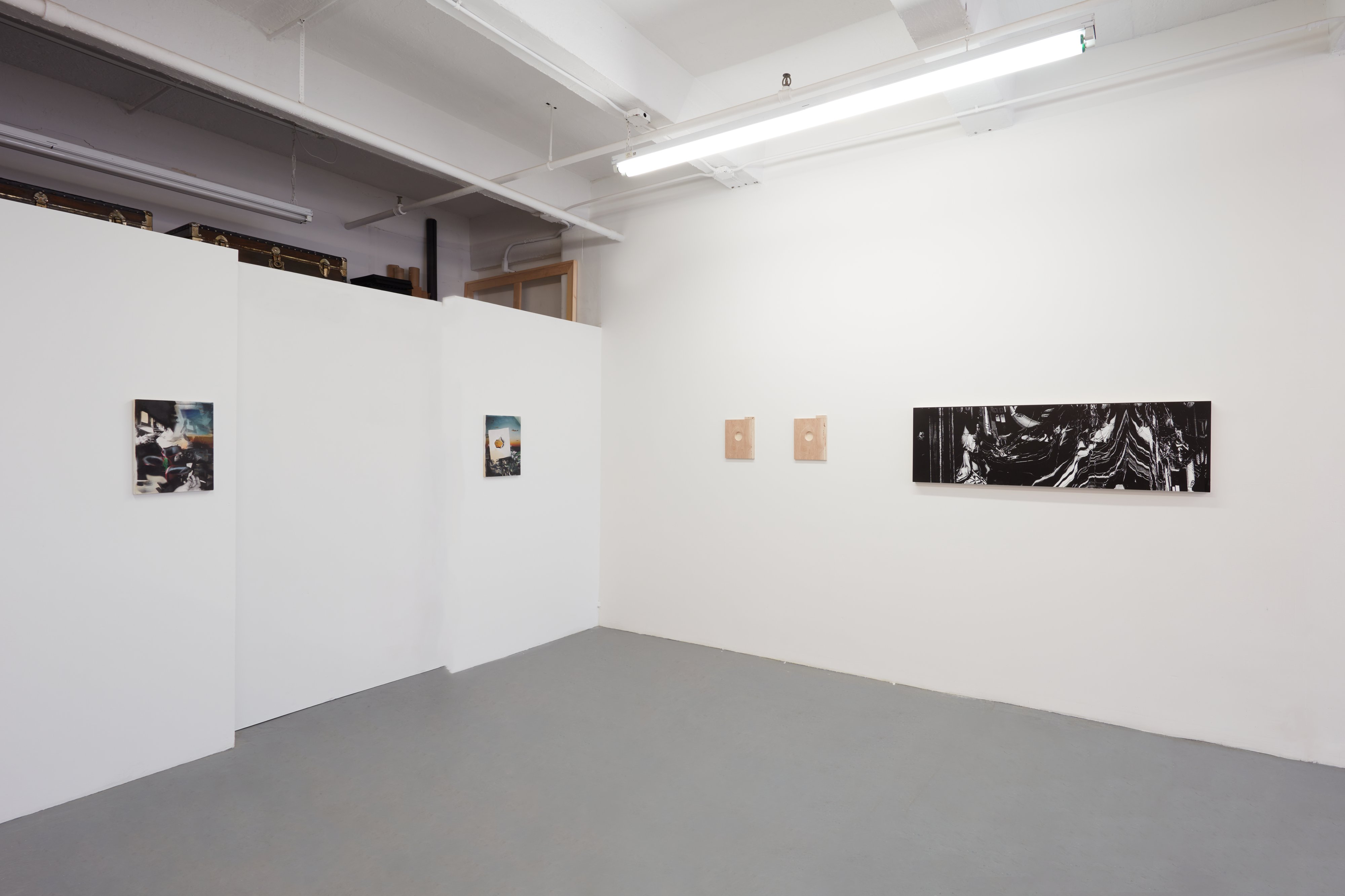Gaspar Willmann
b. 1995, Paris, France
Lives and works in Paris, France

JUMAP (Closing your eyes isn’t going to change anything), 2023
Working across video, installation, and painting, Gaspar Willmann reconfigures everyday objects, forms, and images by mobilizing collective symbols and behaviors to examine their roles within a technocratic society shaped by affect.
Gaspar Willmann is a Paris-based artist whose practice spans video, installation, and painting. His work interrogates the roles that everyday objects, forms, and images play in contemporary society, particularly within a technocratic environment shaped by affect. Centered on the recontextualization of familiar visual elements, his practice examines how these elements circulate, are consumed, and the affective forces they carry. By subverting established visual codes, Willmann reveals the mechanisms that shape perception, memory, and desire—offering a critical exploration of the social and emotional impact of imagery.
Willmann graduated with honors from the École Nationale Supérieure des Beaux-Arts de Lyon in 2019, where his innovative approach to art earned him the prestigious Prix de Paris. His accolades include the Roger Pailhas Prize from Art-o-rama, Marseille (2021), and recognition as a finalist for the Prix des Amis du Palais de Tokyo in 2022. In 2023, he received the Cité Internationale de la Tapisserie Prize in Aubusson.
Recent solo and duo exhibitions include My ligature room in a glass house at ExoExo, Paris (2024); Lossy life at Wanda Gallery, Warsaw (2024); Kelley Walker, Gaspar Willmann at Tyler Wood Gallery, New York (2023); Absolute bottomless baroque at Liste, Basel (2022); and Dans des yeux clos, il n’entre pas de mouche at ExoExo, Paris (2022).
His work has also been exhibited at Maison Populaire, Montreuil (2024); Loods6, Amsterdam (2024); FRAC des Pays de la Loire, Nantes (2023); Meessen-Declercq, Brussels (2023); Tata, Tokyo (2023); Spazio Muza, Turin (2023); Grande Halle de La Villette, Paris (2023); Galerie Imane Farès, Paris (2022); Reiffers Art Initiatives, Paris (2022); the Salon de Montrouge (2021); Fondation Fiminco, Pantin (2021); and Fondation d’Entreprise Ricard, Paris (2019).
Willmann’s work is held in various public collections, including FRAC Pays de la Loire, FRAC Bretagne, and the Cité Internationale de la Tapisserie in Aubusson.
Willmann graduated with honors from the École Nationale Supérieure des Beaux-Arts de Lyon in 2019, where his innovative approach to art earned him the prestigious Prix de Paris. His accolades include the Roger Pailhas Prize from Art-o-rama, Marseille (2021), and recognition as a finalist for the Prix des Amis du Palais de Tokyo in 2022. In 2023, he received the Cité Internationale de la Tapisserie Prize in Aubusson.
Recent solo and duo exhibitions include My ligature room in a glass house at ExoExo, Paris (2024); Lossy life at Wanda Gallery, Warsaw (2024); Kelley Walker, Gaspar Willmann at Tyler Wood Gallery, New York (2023); Absolute bottomless baroque at Liste, Basel (2022); and Dans des yeux clos, il n’entre pas de mouche at ExoExo, Paris (2022).
His work has also been exhibited at Maison Populaire, Montreuil (2024); Loods6, Amsterdam (2024); FRAC des Pays de la Loire, Nantes (2023); Meessen-Declercq, Brussels (2023); Tata, Tokyo (2023); Spazio Muza, Turin (2023); Grande Halle de La Villette, Paris (2023); Galerie Imane Farès, Paris (2022); Reiffers Art Initiatives, Paris (2022); the Salon de Montrouge (2021); Fondation Fiminco, Pantin (2021); and Fondation d’Entreprise Ricard, Paris (2019).
Willmann’s work is held in various public collections, including FRAC Pays de la Loire, FRAC Bretagne, and the Cité Internationale de la Tapisserie in Aubusson.
Featured Works

JUMAP (re_united in flames), 2022

Untitled, 2023

JUMAP (Une raison d'aimer), 2022

JUMAP (Papillon de lumière), 2022

JUMAP (The echo of your footsteps makes my eyes wet), 2023
Selected Exhibitions

Jul 1 – Oct 15, 2023
Pays de la Loire, Nantes, France
Pays de la Loire, Nantes, France

Fresh Widower
Aug 27 – 29, 2021
Marseille, France
Marseille, France

Sep 7 – Oct 14, 2023
Brussels, Belgium
Brussels, Belgium

May 12 – Jun 11, 2022
Paris, France
Paris, France
Press
Selected Videos

DTVMYSSF or De trop voir, mes yeux se sont fermés
Duration: 13 minutes and 7 seconds
Year: 2022
In this video Gaspar Willmann explores the subject of eye tracking, or the real pursuit that modern oculometry represents, which pushes the technologies that track eye movement even further, to the point of predicting our future glances.
Beyond demonstrating the now well-known links between surveillance and imagery, gaze and consumption, oppressive workspaces and ergonomics, Gaspar strives to show how these new “ways of seeing”—to quote John Berger—culminate in a sort of “non-vision,” where we no longer even look at what we see too much.
It is precisely this paradox that is striking in Gaspar’s practice: a practice that constantly engages with the false—images, vision, and the mutations of work—and plays with it. However, Gaspar’s work has no other pretensions than to continually reveal its artifices while multiplying references drawn from various fields, constructing a shifted, innovative, and harmonious poetics and aesthetics. For Gaspar, it is not just about developing a political discourse as a theme or form, but rather rethinking his own methods, favoring a slowdown and a reflection on the ethics of his work, particularly in the way he works with the actors who lend their voices and images to his films.
Duration: 13 minutes and 7 seconds
Year: 2022
In this video Gaspar Willmann explores the subject of eye tracking, or the real pursuit that modern oculometry represents, which pushes the technologies that track eye movement even further, to the point of predicting our future glances.
Beyond demonstrating the now well-known links between surveillance and imagery, gaze and consumption, oppressive workspaces and ergonomics, Gaspar strives to show how these new “ways of seeing”—to quote John Berger—culminate in a sort of “non-vision,” where we no longer even look at what we see too much.
It is precisely this paradox that is striking in Gaspar’s practice: a practice that constantly engages with the false—images, vision, and the mutations of work—and plays with it. However, Gaspar’s work has no other pretensions than to continually reveal its artifices while multiplying references drawn from various fields, constructing a shifted, innovative, and harmonious poetics and aesthetics. For Gaspar, it is not just about developing a political discourse as a theme or form, but rather rethinking his own methods, favoring a slowdown and a reflection on the ethics of his work, particularly in the way he works with the actors who lend their voices and images to his films.



